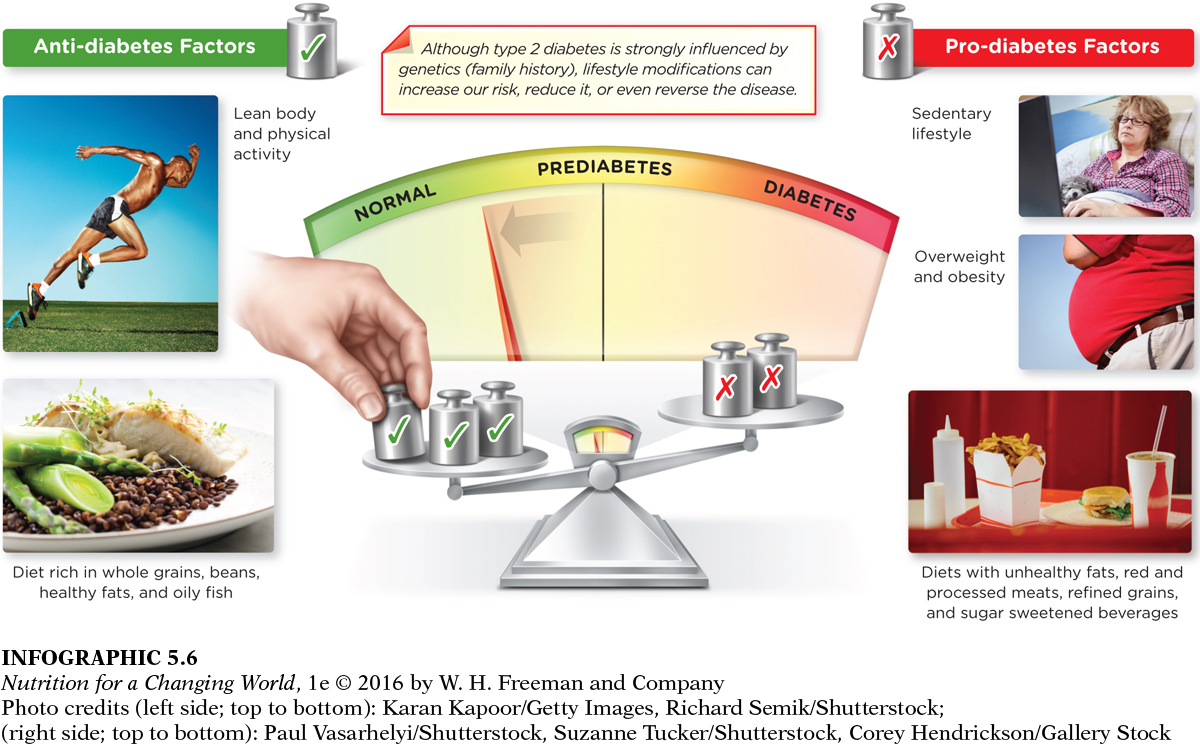DIABETES ON THE RISE
For decades, doctors mostly distinguished type 1 and type 2 diabetes by the age of its onset—type 1 was something diagnosed in children, type 2 in adults. That distinction was fairly reliable; early in her career, Lori Laffel, MD, Chief of the Pediatric, Adolescent, and Young Adult Section at the Joslin Diabetes Center, only saw the “occasional” child with type 2 diabetes. But in the last 20 years, that’s all changed.
“Where we used to see literally a handful of children with type 2 diabetes each year, we now see ten-fold that number,” says Laffel. “And that’s what makes it an epidemic.” At the same time, over the last 20 to 30 years, “we have also seen an epidemic rise in the number of children developing type 1 diabetes.”
And they’re developing it at younger and younger ages, she adds. And it’s not entirely clear why. For type 2, lifestyle and body weight play major roles, so when kids spend more time in front of a screen and less time playing, while consuming an energy-dense, often nutrient-poor diet, their risk increases. Dietary factors associated with increased risk of type 2 diabetes are excess calories, a low intake of whole grains, and high intakes of refined carbohydrates, sugar-sweetened beverages, and trans fat and saturated fat. “Without a doubt, the overeating, decreased physical activity, and increase in sedentary behaviors contributes to the rise in both obesity and type 2 diabetes among children,” says Laffel. (INFOGRAPHIC 5.6)
INFOGRAPHIC 5.6 Tip the Balance in Favor of Diabetes Prevention The Dietary Guidelines for Americans recommends consuming fewer calories, making informed food choices, and being physically active. Following the guidelines can help people attain and maintain a healthy weight, and reduce their risk of chronic diseases, such as diabetes.

Question
5.6
 What do you think is the most difficult habit to adopt in an “anti-diabetes” lifestyle?
What do you think is the most difficult habit to adopt in an “anti-diabetes” lifestyle?
Habits to adopt for an “anti-diabetes” lifestyle include consuming a diet rich in whole grains, beans, healthy fats, and oily fish, and engaging in regular physical activity.
Worldwide, approximately 371 million people have diabetes, primarily type 2; by 2030, that number is expected to increase to 550 million. In the United States alone, approximately 26 million people have diabetes, and an estimated 3% of American adults have diabetes that is undiagnosed.

 What do you think is the most difficult habit to adopt in an “anti-
What do you think is the most difficult habit to adopt in an “anti-